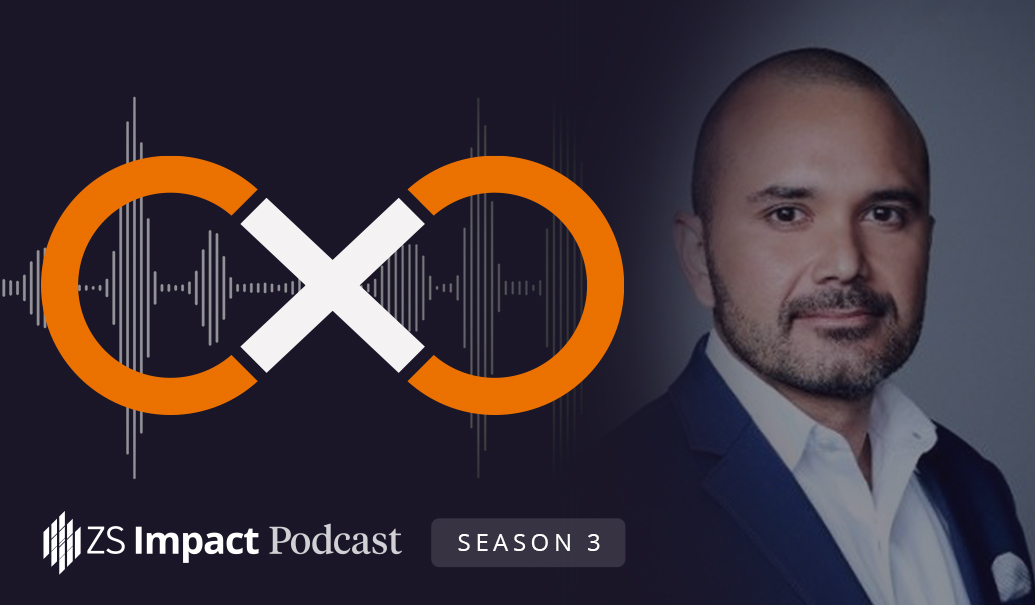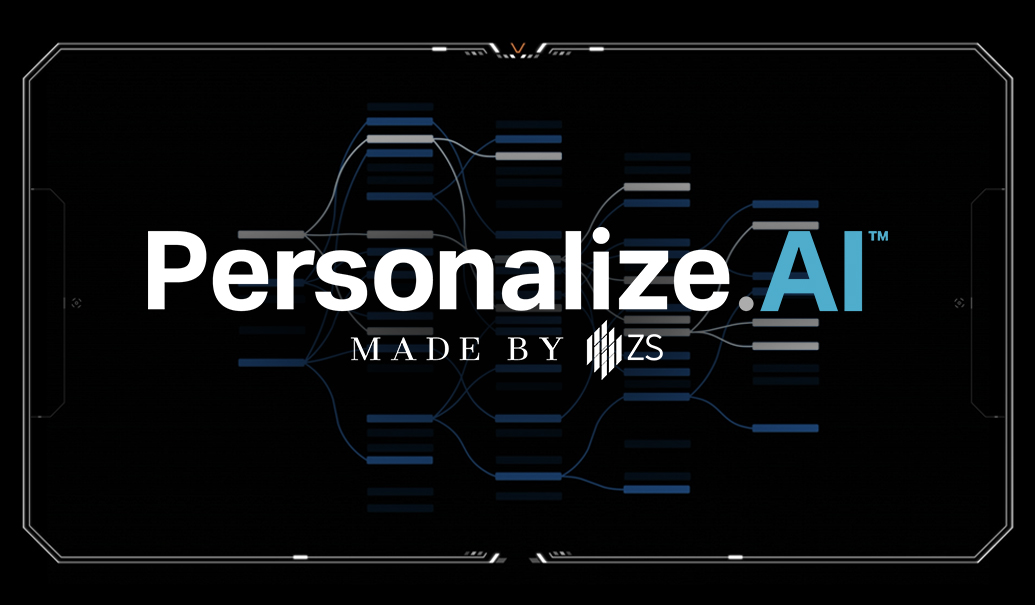In recent years, life sciences leaders have made significant investments in building a global advanced analytics infrastructure. But finding the best data, generating analytics-based insights and putting these tools in the hands of the workforce doesn’t always mean that they will trust them or know what to do with them.
Literacy in data and analytics is essential—and according to a recent survey conducted by Industry Dive and ZS, it is a top priority for more than 50% of pharma leaders as they plan for next year.
To assess the current state of analytics across small and large global pharmaceutical companies, our survey asked more than 90 executives to rank their top priorities and challenges—many of which hinge on a better understanding of data and analytics. Based on our findings, we have outlined four tactics to help pharma leaders improve data literacy and strengthen their analytics enterprise plans in 2022.
Closing the gap between strategy and execution
Even with a sound, centralized global analytics strategy and a leadership team to steer its execution, many organizations are falling short of delivering the entire spectrum of analytics. Our research found that nearly half of pharma companies with a global presence have a centralized model in place, yet only 38% are working across the spectrum.
Poor data and analytics literacy could account for the disparity. Interpreting and sharing insights across the global enterprise requires a firm understanding of the analytics sources, outputs and methodology. Without it, teams may struggle to connect and describe the use cases, applications and value of the insights and analytics available to them.
Surfacing insights and inviting exploration
While it’s often assumed that a lack of data is holding advanced analytics back, the reality is that teams are often unaware of the wealth of global data their companies have purchased due to data siloes and scarcity of analytics talent. The most common pitfalls tend to be rooted in people, not data.
For example, in our research, 43% of leaders cited data availability and integration as the biggest challenge when it comes to executing a successful analytics strategy. Finding analytics talent ranked equally high on the list, followed by an infrastructure that supports analytics exploration at 35%. The fourth most common challenge came down to empowering decision makers with knowledge about analytics advances.
A closer look at these top four challenges highlights the importance of data and analytics literacy. To build a data-driven culture, organizations must first surface all acquired data and insights, then break down the silos that prevent people from leveraging them. Recruiting analytics talent is key, but without an effective training program and an infrastructure that supports enterprise-wide data exploration, decision makers across the business may miss opportunities to use the wealth of analytics insights available to them.
4 ways to boost data and analytics literacy
Improving data literacy can do more than increase the adoption of analytics tools and information. It can also help organizations unlock global diagnostic and prescriptive insights and close the gap between strategy and execution of their transformation plans.
Here are four tactics to help global pharma leaders build data literacy across the enterprise:
- Know what you have
Are people in your organization aware of all the data and analytics available to them? Connecting the dots can help your teams make better, more data-driven decisions. For example, a research and development (R&D) team may buy a data set that would help a commercial analytics team hone its go-to-market strategy. Likewise, a team based in Italy may consider purchasing market data for certain Italian regions when instead, they could buy a EU5 (Italy, Germany, Spain, France and the United Kingdom) data set for the same price. Rather than keeping data in regional business siloes, organizations can create a comprehensive, searchable catalog of primary and secondary market research insights. By surfacing an easy-to-use analytics database with collaborative features like a chatbot, pharma organizations can increase data literacy and share insights widely. - Shrink the need for analytics expertise
Not everyone needs to be an expert in advanced analytics to improve global data literacy. Rather than surfacing the same insights for everyone, consider generating the next best actions for those focused on business results. Creating a centralized operating model consisting of a capabilities-focused team and a business-focused team can make improving data literacy more manageable. While the capabilities-focused team may need to know more about data and analytics methodologies, the business-focused team needs to see the business implications so they can translate the data and broaden its adoption. Giving teams the right level of information can help organizations improve the circulation of data-driven insights. - Free up resources
For those who are already data and analytics fluent, empower them to focus on more strategic and valuable tasks. By automating data processing, consolidation and centralization, you can reduce the strain on analytics teams and shift their focus from analytics production to consumption.
- Think holistically
Build a data and analytics learning center where insights are personalized by role and supported by the right training modules. Consider the UX journey from start to finish, mapping resources to match various personas’ needs. Whether you are the creator of the insights, the requester or the consumer should dictate the learning programs you encounter along the way. By presenting holistic, user-friendly learning pathways, you can help your workforce gain data literacy with ease and confidence.
“Data in the hands of a few analysts is powerful, but actionable insights at the fingertips of many can be transformational.”
Building a data-driven organization
Data in the hands of a few analysts is powerful, but actionable insights at the fingertips of many can be transformational. As organizations expand their global analytics capabilities, improving enterprise-wide data and analytics literacy will remain a top priority. Focusing on these four tactics today can position pharma companies to enhance the impact of their investments in advanced analytics and thrive in a dynamic industry.
Add insights to your inbox
We’ll send you content you’ll want to read – and put to use.
















